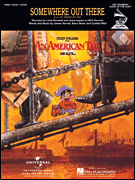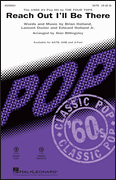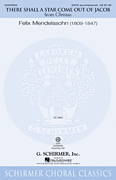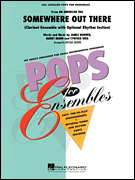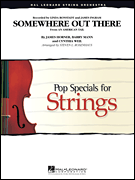Search Results for: “Out There”
Loading...
Somewhere Out There View 213 Products
Reach Out I'll Be There View 64 Products
Out There View 19 Products
There Is A Light That Never Goes Out View 12 Products
Is There Anybody Out There? View 9 Products
It's A Jungle Out There View 5 Products
Are You Out There? View 5 Products
There Goes Another Love Song View 4 Products
Is There Life Out There View 3 Products
There Shall A Star Come Out Of Jacob View 3 Products
If You're Out There View 2 Products
Everybody Out There View 2 Products
Reach Out I'll Be There View 2 Products
Out There On The Road View 2 Products
There Was A Pig Went Out To Dig (Christmas Day In The Morning) View 2 Products
There Is Life Outside Your Apartment View 2 Products
Moon Are You Out There? View 1 Product
You Men Out There View 1 Product
Anyone Out There View 1 Product
She's Out There Somewhere View 1 Product
Caught Out There View 1 Product
I Know You're Out There Somewhere View 1 Product
There's A Moon Out Tonight View 1 Product
Reprise: It's A Jungle Out There! View 1 Product
